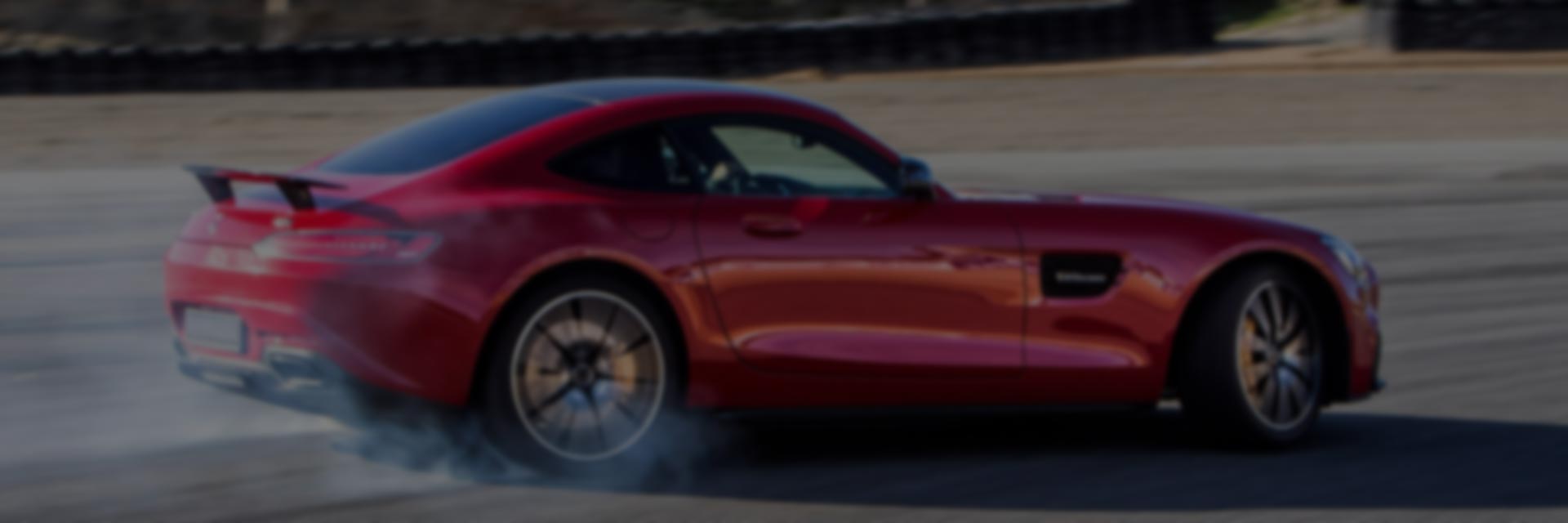< Back ×
My Vehicle Change Vehicle
2000 GMC C3500
< Back to View All
Brake Boosters & Brake Master Cylinders
- Department
- Series
- Brands
- Prices
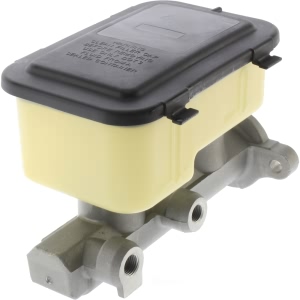

Centric® Premium Brake Master Cylinder for 2000 GMC C3500
PartNumber: 130.66031Product Specifications- Notes: DRW;SRW
- UPC: 805890009900
- Part Description: 2000 GMC C3500 Premium Brake Master Cylinder
Vehicle Fitment- 2000 GMC C3500 | All Trims | All Engines
$55.77OEM (Genuine) 2000 GMC C3500 Master Cylinder
PartNumber: 15727261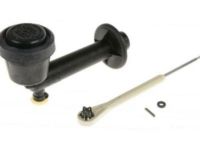 Product Specifications
Product Specifications- Notes: All Models; 5.0l, 5.7l, 6.5l
- Other Names: Master Cylinder
- Item Dimensions: 24.9 x 5.1 x 5.0 inches
- Item Weight: 1.50 Pounds
- Fitment Type: Direct Replacement
- Replaces: 15740931
- Part Description: 2000 GMC C3500 Master Cylinder
Vehicle Fitment- 2000 GMC C3500 | Sierra SL, Sierra SLE, Sierra SLT | 8 Cyl 5.7 L CNG, 8 Cyl 5.7 L GAS, 8 Cyl 6.5 L DIESEL, 8 Cyl 7.4 L GAS
OEM (Genuine) 2000 GMC C3500 Master Cylinder
PartNumber: 94665744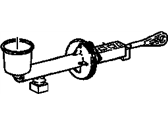 Product Specifications
Product Specifications- Notes: All Models; 7.4l
- Other Names: Master Cylinder
- Item Dimensions: 21.7 x 5.5 x 3.5 inches
- Item Weight: 2.20 Pounds
- Fitment Type: Direct Replacement
- Replaces: 12577230, 15049053, 15740930
- Part Description: 2000 GMC C3500 Master Cylinder
Vehicle Fitment- 2000 GMC C3500 | Sierra SL, Sierra SLE, Sierra SLT | 8 Cyl 7.4 L GAS
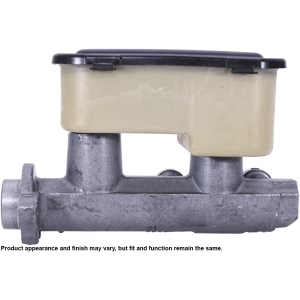

Cardone Reman® Remanufactured Master Cylinder for 2000 GMC C3500
PartNumber: 10-2535Product Specifications- Notes: Supplied w/Reservoir
- Bore Diameter (N): 1.25"
- E-Waste: No
- Installation Hardware Included: No
- Master Cylinder Color/Finish: Gray
- Master Cylinder Material: Aluminum
- Mounting Hole Quantity: 2
- Package Contents: Master Cylinder
- Port Quantity: 2
- Primary Port Size: 1/2 x 20
- Product Condition: Remanufactured
- Reservoir Included: Yes
- Reservoir Material: Plastic
- Reservoir Type: Assembled
- Secondary Port Size: 9/16 x 18
- UPC: 082617143028
- Part Description: 2000 GMC C3500 Remanufactured Master Cylinder
Vehicle Fitment- 2000 GMC C3500 | All Trims | All Engines
OEM (Genuine) 2000 GMC C3500 Cylinder Asm, Brake Master
PartNumber: 19209222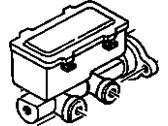 Product Specifications
Product Specifications- Other Names: Master Cylinder
- Item Dimensions: 9.3 x 7.5 x 9.3 inches
- Item Weight: 3.20 Pounds
- Fitment Type: Direct Replacement
- Replaces: 18021275, 18029968
- Part Description: 2000 GMC C3500 Cylinder Asm, Brake Master
Vehicle Fitment- 2000 GMC C3500 | Sierra SL, Sierra SLE, Sierra SLT | 8 Cyl 5.7 L CNG, 8 Cyl 5.7 L GAS, 8 Cyl 6.5 L DIESEL, 8 Cyl 7.4 L GAS
OEM (Genuine) 2000 GMC C3500 Cylinder Asm, Brake Master
PartNumber: 19209223 Product Specifications
Product Specifications- Notes: All Models; 3500 Series
- Other Names: Master Cylinder
- Item Dimensions: 9.5 x 9.2 x 8.3 inches
- Item Weight: 3.50 Pounds
- Fitment Type: Direct Replacement
- Replaces: 18021277, 18029969
- Part Description: 2000 GMC C3500 Cylinder Asm, Brake Master
Vehicle Fitment- 2000 GMC C3500 | Sierra SL, Sierra SLE, Sierra SLT | 8 Cyl 5.7 L CNG, 8 Cyl 5.7 L GAS, 8 Cyl 6.5 L DIESEL, 8 Cyl 7.4 L GAS
FAQ for Brake Master Cylinder Repair
Q: What should we do after filling the master cylinder reservoir with clean brake fluid?
A:
We should stroke the primary piston about 25 mm (1 inch) several times.
By Bob
GM Specialist
01/11/2022Q: What is the recommended torque when installing the master cylinder nuts?
A:
The recommended torque is 36 Nm (27 ft. lbs.).
By Bob
GM Specialist
01/11/2022Q: What should be cautioned in assembling Master Cylinder?
A:
If air pressure is used to remove the secondary piston, you should place the open end of the cylinder bore approximately 25 mm (1 inch) from a padded workbench or other surfaces to catch the piston when it comes out of the bore and applies low air pressure very carefully to ease the piston out of the bore.
By Bob
GM Specialist
01/11/2022Q: What is the recommended torque when connecting the brake pipes?
A:
The recommended torque is 27 Nm (20 ft. lbs.).
By Bob
GM Specialist
01/11/2022Q: What should be noticed about master cylinder reservoir filling?
A:
We should not use fluid that has a petroleum base and a container that has been used for petroleum-based fluids or is wet with water. And we should keep all fluid containers capped to prevent contamination.
By Bob
GM Specialist
01/11/2022Q: What should be cautioned in disassembling Master Cylinder?
A:
You can not hone the master cylinder bore. When the brake master cylinder is overhauled, it is recommended that the cylinder body be replaced rather than CLEANED UP by honing the bore. The master cylinder has a hard, highly polished BEARINGIZED surface, which is produced by diamond boring followed by ball or roller burnishing under heavy pressure. Honing will destroy this hard smooth surface and cause rapid wear to the rubber cups.
By Bob
GM Specialist
01/11/2022See more FAQs (1)

